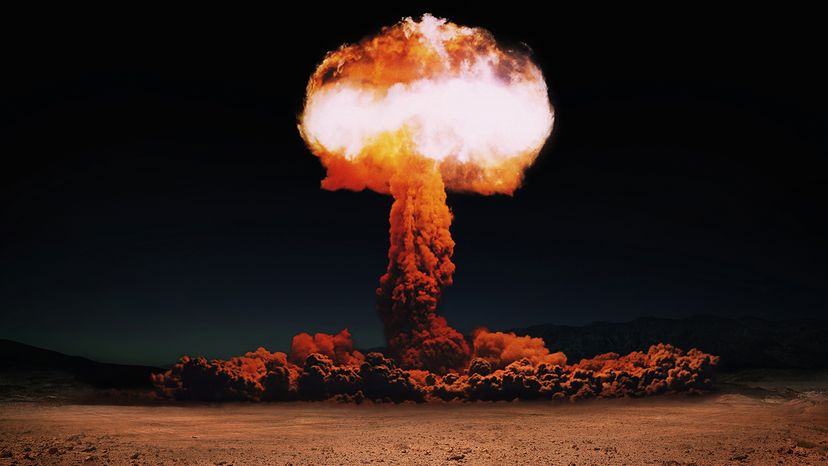General Leslie Groves selected Oppenheimer to manage the Manhattan Project, a secret project in Los Alamos, New Mexico, that housed many top American and European physicists.
Oppenheimer directed his fellow scientists in cutting-edge experimental physics and nuclear research that he hoped outpaced German scientists developing a devastating weapon for Nazi Germany.
Oppenheimer served as an ad hoc mayor for the small town of atomic scientists, their families and a small group of military personnel with top-secret security clearance. The talent and hard work of Los Alamos culminated in the first nuclear explosion at the Trinity Test Site on July 16, 1945.
Less than a month later, on August 6 and 9, the United States detonated two atomic weapons, killing between 150,000 and 250,000 Japanese civilians.
These attacks forcibly ended the war and installed the United States as the supreme world power until hydrogen bomb plans were leaked to the Soviet Union.
